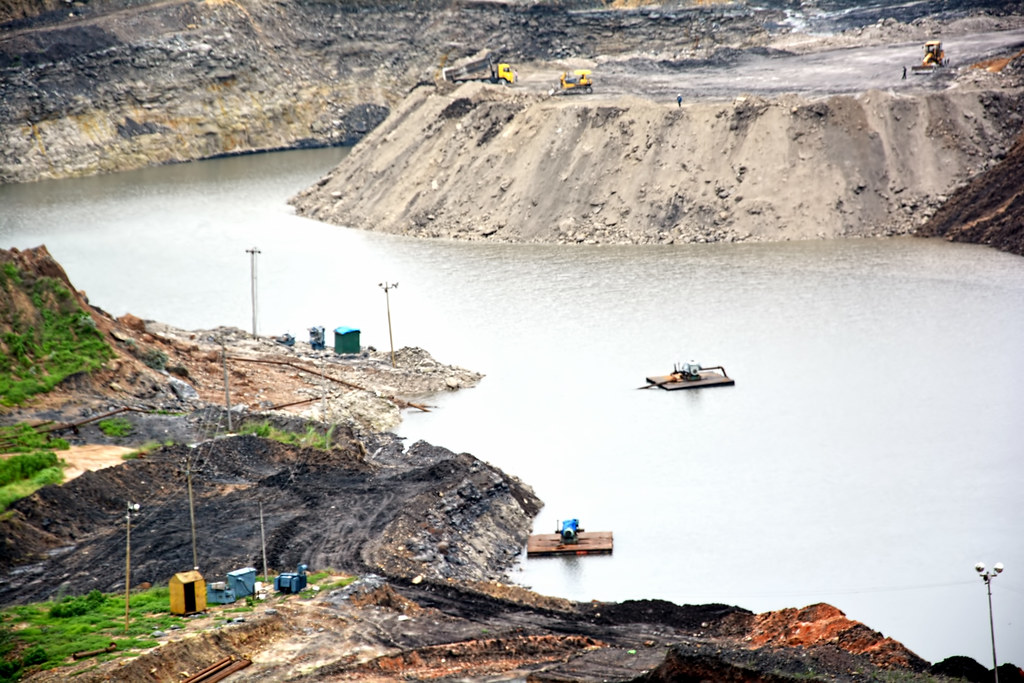
Groundwater loss isn’t a slow-burning environmental problem it’s currently surpassing glacial melting to contribute to sea level rise. According to scientists, the change is a double-edged danger: drying out cities in the interior while swelling oceans that put coastal ones in peril. As lead researcher Jay Famiglietti said, “This is an ‘all-hands-on-deck’ moment we need immediate action on global water security.”
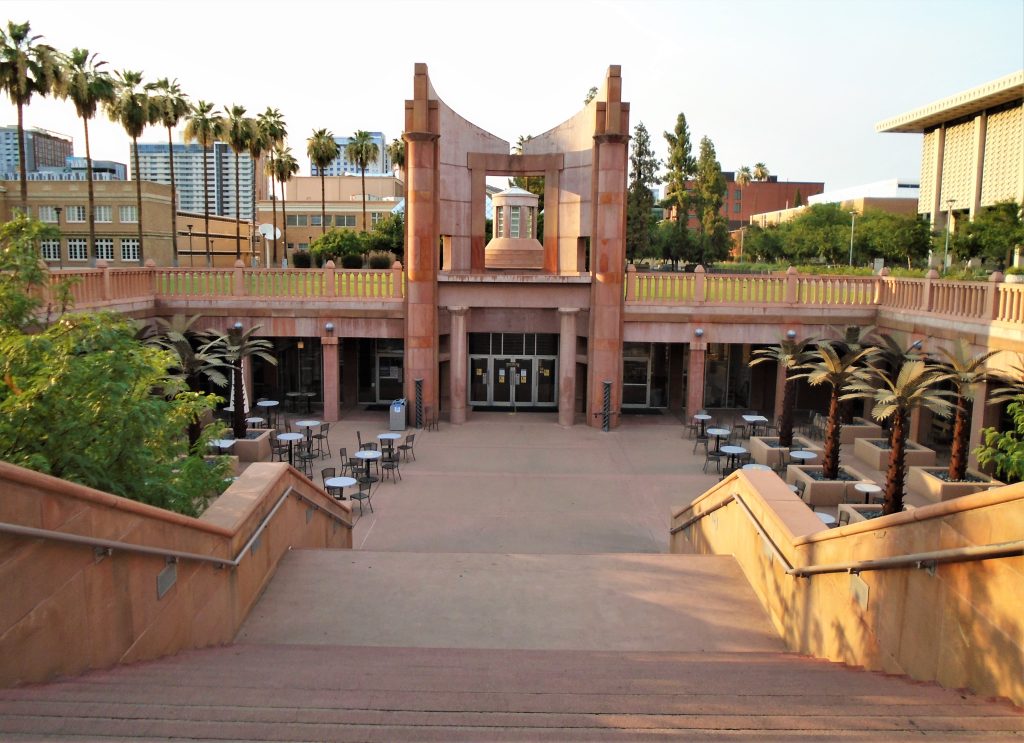
1. A Crisis Beneath Our Feet
Groundwater ancient reserves built up over thousands of years makes up about 30% of Earth’s freshwater. But we’re pumping it out far faster than nature can refill it. According to Arizona State University researchers, about 68% of terrestrial water loss is now from groundwater depletion, and three-quarters of the world’s population live in areas losing freshwater. The result? Every year, “mega-drying” regions grow by an area twice the size of California. And as opposed to surface water, if an aquifer collapses, it can never be restored.
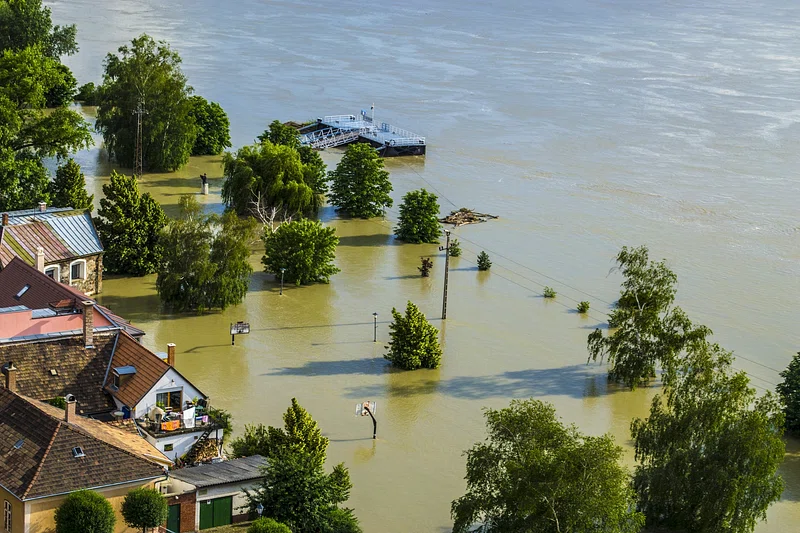
2. The Sea Level Connection
It’s a shocking surprise: water drawn from aquifers doesn’t simply disappear it all too often ends up in the ocean. Research indicates groundwater loss is now contributing more to sea level rise than the melting of Greenland’s ice sheet. As hydrologist Martin Stute described, “Human management of water resources has such a significant effect on sea level rise, I think that has not been seen before.” That makes mismanagement of inland water a coastal flood issue, as well.

3. What History Teaches
Civilizations have fallen due to water mismanagement in the past. From the collapse of the Mayan civilization to the collapse of Mesopotamian cities, the record is full of warnings. Water shortages have knocked over civilizations when farming collapsed, trade channels dried up, and politics destabilized. The crisis of today is larger, faster, and global.
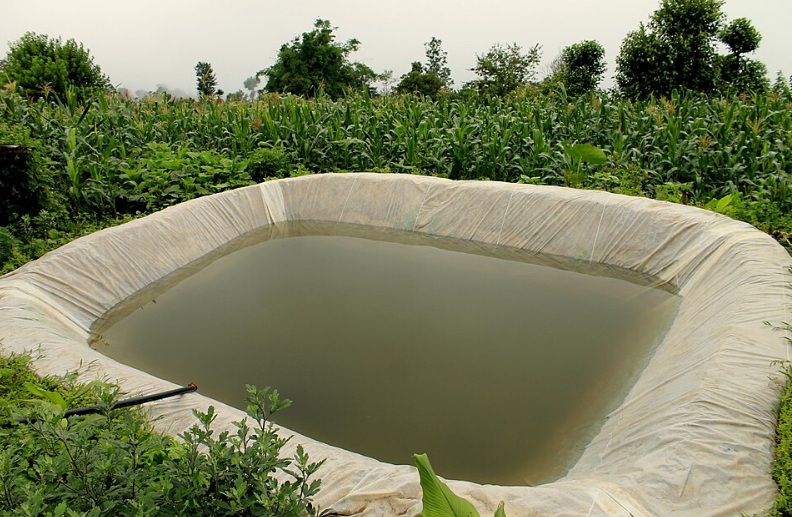
4. The Food Security Tightrope
Groundwater fuels about 40% of irrigated agriculture, which in turn produces 40% of the world’s food. Halting depletion without alternatives could push rice prices up 7.4% and wheat 6.7%, leaving 24 million more people at risk of hunger. That’s why experts stress pairing conservation with smarter farming like drought-resistant crops, precision irrigation, and rainwater harvesting to avoid trading one crisis for another.
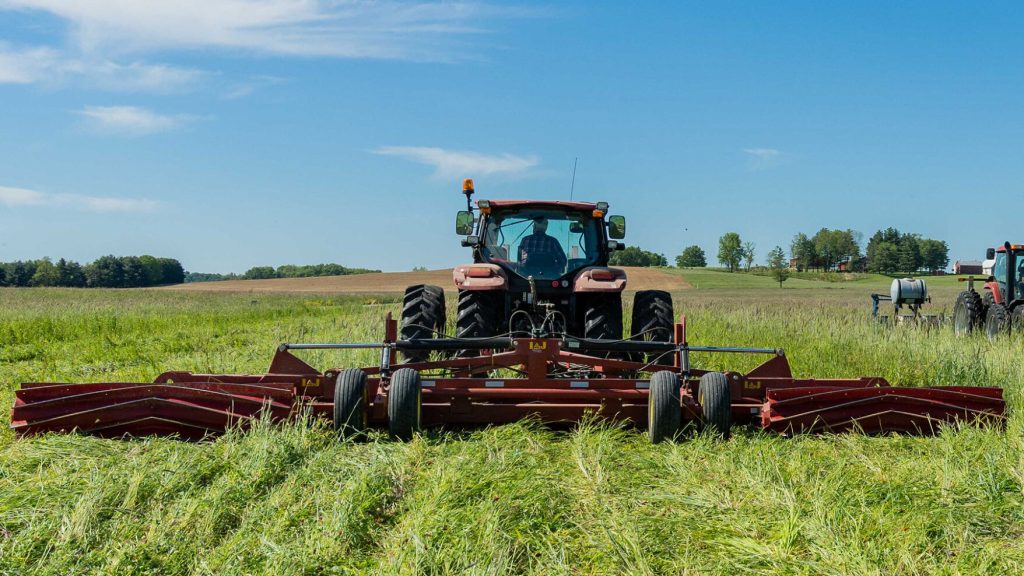
5. Smarter Farming for a Thirsty Planet
Technological advancements are already paying off. Heat- and drought-resistant crop types, cover crops, and no-till methods allow soil to retain more water. Precision irrigation, with remote sensing and machine learning assistance, sends water to where it’s needed most. These methods not only conserve water they increase yield and resilience, and farmers get a cushion against climate disruptions.
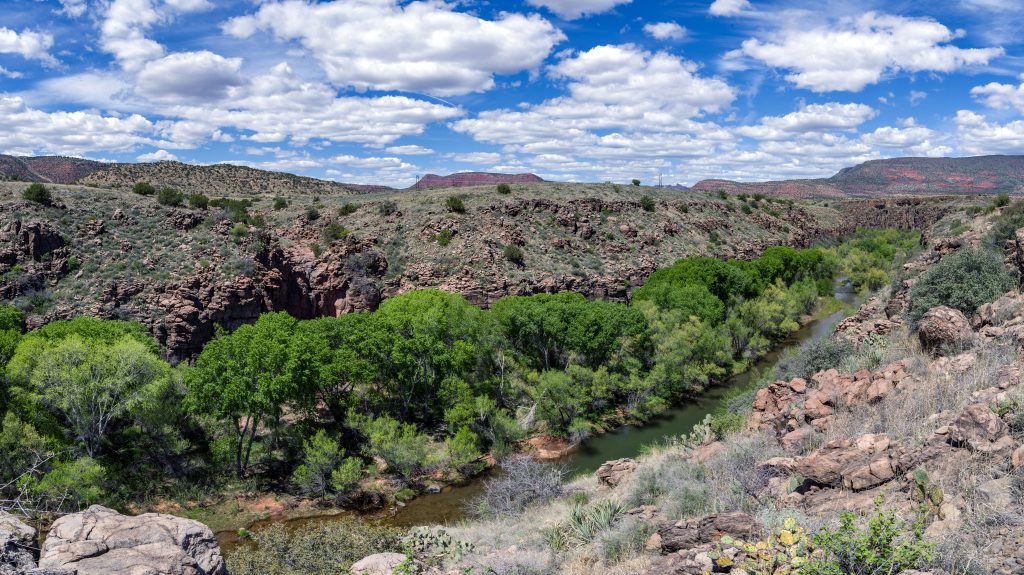
6. Local Solutions with Global Impact
From Arizona’s Verde Valley to India’s drought-stricken Jalna district, community conservation is yielding results. In Jalna, contour trenches and check dams lifted the groundwater level by more than 3 meters in two years, facilitating a second cropping season. Solutions such as Earth5R’s low-infrastructure water management rainwater harvesting, recycling of greywater, and natural recharge demonstrate how small, replicable steps can add up to actual resilience.

7. The Role of Policy and Technology
Some authorities are already taking action. California’s Sustainable Groundwater Management Act hopes to achieve balance by the early 2040s. In China’s Yunnan Province, optimized drought-constrained water levels in reservoirs have already alleviated severe shortages. But far too many places continue to work under archaic “absolute dominion” statutes, permitting unregulated pumping. Scientists urge coordinated policies that combine water, food, and climate strategies because they’re interconnected.
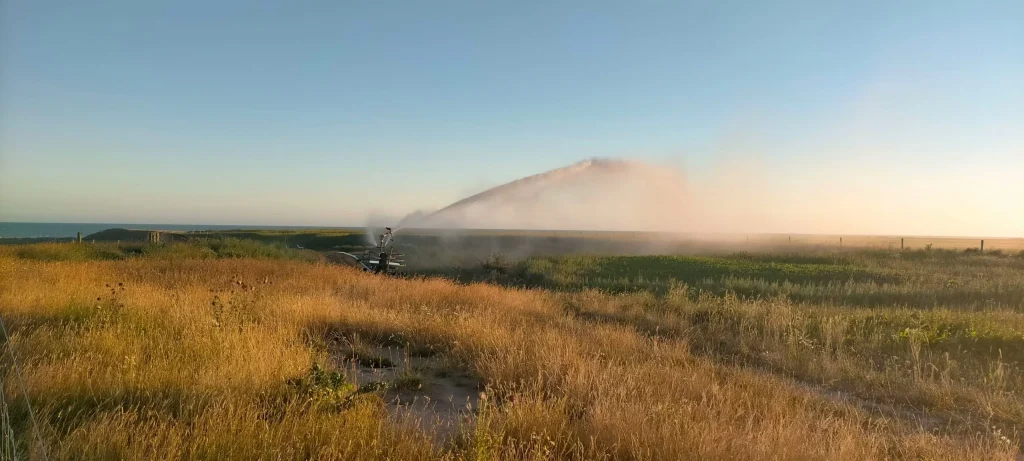
8. What You Can Do
Individual behavior makes a difference. Small actions transitioning to drought-resistant landscaping, installing water-conserving appliances, reusing greywater accumulate. On the road? Pick environmentally friendly accommodations with water-conserving practices, and be mindful of local water restrictions. And share it: awareness drives change. As one conservation handbook writes, “Invite your friends and family to join you in saving water at home and on the go.”
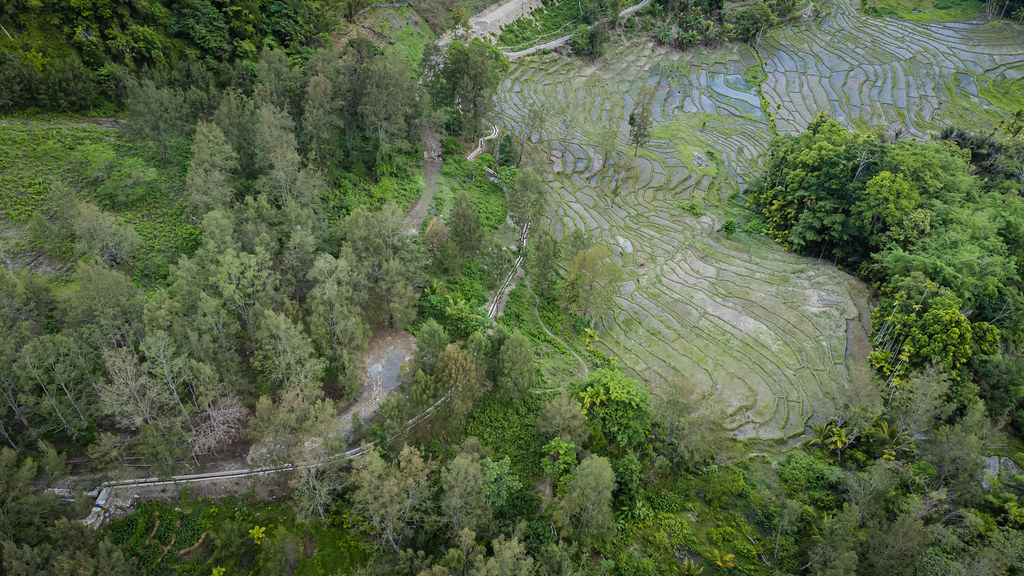
9. A Call for Shared Action
Researchers emphasize that innovations need to be multi-layered: policy reform, technological innovation, and local people’s participation. Multilateral banks are financing climate-resilient infrastructure, while NGOs advocate equitable access and Indigenous-led stewardship. The way ahead combines science with local peoples’ wisdom, so conservation isn’t at the expense of food security or livelihoods.
The groundwater emergency is critical, but not inevitable. With unified action from the farm to the faucet, from local authorities to international agreements humanity can stem the drain, safeguard food stocks, and keep inland and coastal societies afloat.


